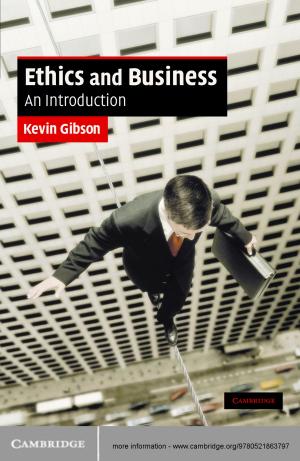Pliny the Elder and the Emergence of Renaissance Architecture
Nonfiction, History, European General, Art & Architecture, General Art| Author: | Peter Fane-Saunders | ISBN: | 9781316418314 |
| Publisher: | Cambridge University Press | Publication: | July 12, 2016 |
| Imprint: | Cambridge University Press | Language: | English |
| Author: | Peter Fane-Saunders |
| ISBN: | 9781316418314 |
| Publisher: | Cambridge University Press |
| Publication: | July 12, 2016 |
| Imprint: | Cambridge University Press |
| Language: | English |
The Naturalis historia by Pliny the Elder provided Renaissance scholars, artists and architects with details of ancient architectural practice and long-lost architectural wonders - material that was often unavailable elsewhere in classical literature. Pliny's descriptions frequently included the dimensions of these buildings, as well as details of their unusual construction materials and ornament. This book describes, for the first time, how the passages were interpreted from around 1430 to 1580, that is, from Alberti to Palladio. Chapters are arranged chronologically within three interrelated sections - antiquarianism; architectural writings; drawings and built monuments - thereby making it possible for the reader to follow the changing attitudes to Pliny over the period. The resulting study establishes the Naturalis historia as the single most important literary source after Vitruvius's De architectura.
The Naturalis historia by Pliny the Elder provided Renaissance scholars, artists and architects with details of ancient architectural practice and long-lost architectural wonders - material that was often unavailable elsewhere in classical literature. Pliny's descriptions frequently included the dimensions of these buildings, as well as details of their unusual construction materials and ornament. This book describes, for the first time, how the passages were interpreted from around 1430 to 1580, that is, from Alberti to Palladio. Chapters are arranged chronologically within three interrelated sections - antiquarianism; architectural writings; drawings and built monuments - thereby making it possible for the reader to follow the changing attitudes to Pliny over the period. The resulting study establishes the Naturalis historia as the single most important literary source after Vitruvius's De architectura.















